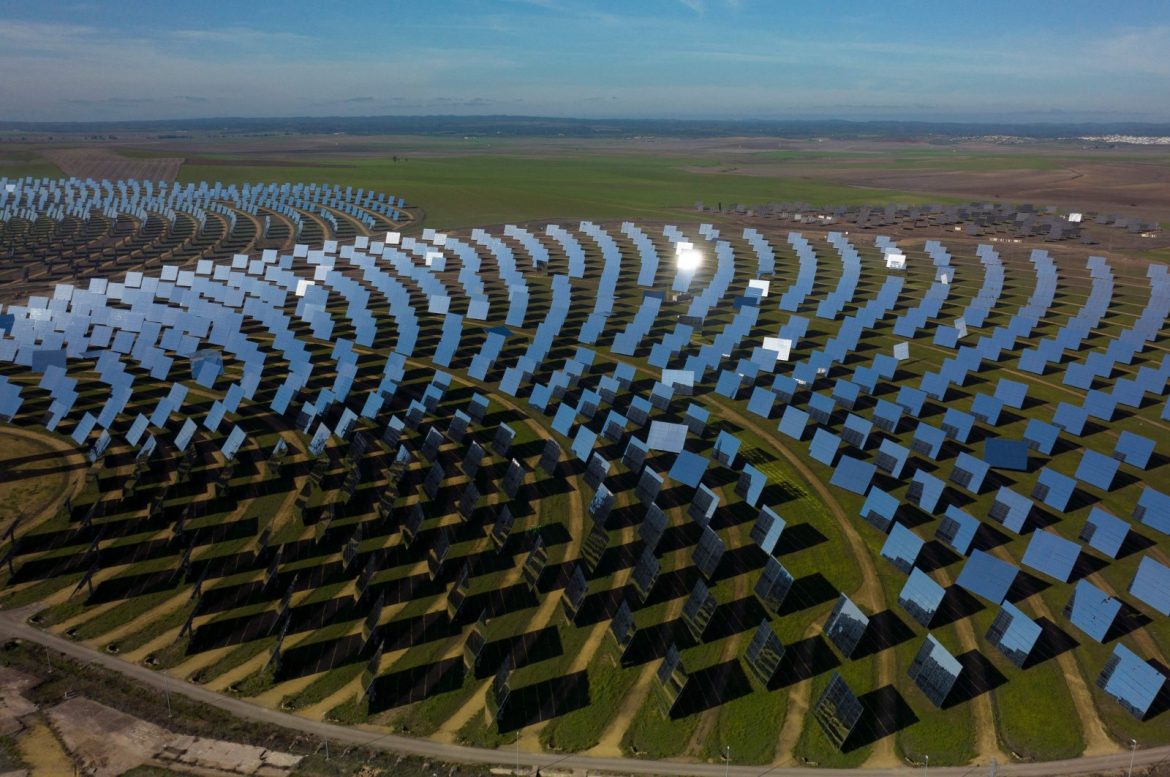European Union member countries’ response to the energy crisis exacerbated by Russia’s war in Ukraine has seen forecasts for solar power growth in the bloc now 37% higher than pre-war estimates.
Governments in their responses have eased the energy crisis and accelerated the deployment of clean energy technologies, particularly solar and wind, by removing barriers to obtaining permits, analysts told reporters.
Although the EU legislation requires permits for renewables not to exceed two years, the average permit time for onshore wind projects exceeds the two-year mark among 18 countries analyzed by London-based energy think tank Ember and its climate data analyst Harriet Fox.
According to the research study, solar permit times can change from 12 months to 48 months, double the binding limit, depending on the countries.
The study also identified lack of digitalization in the overall process, lack of resources within local authorities, delays caused by legal appeals and overlap of responsibility among different countries, as some of the common issues with issuing permit.
Rooftop solar has taken off, said Fox, as permitting for rooftop solar is less cumbersome, and accounts for 66% of the EU’s total installed solar capacity.
“I think it really speaks how much power people have in the energy transition,” she said.
Solar capacity additions hit 41.4 gigawatts in 2022 in the EU, reaching a total of 209 gigawatts, recent Solar Power Europe data shows.
Read also: Shell denies any wrongdoing in oil spill London lawsuits
The pre-war forecast was 35.7 gigawatts of solar capacity additions for 2022 in a best-case scenario.
Cumulative solar power capacity in the EU is expected to reach 400 gigawatts by 2025 by surpassing the landmark 50 gigawatts threshold for the first time in 2023.
The total solar fleet in the EU is projected to reach 920 gigawatts by 2030 in a post-war forecast, 37% higher than the pre-war estimate of 672 gigawatts.
“The current capacity of the solar projects in the pipeline in the EU is estimated to be about 120 gigawatts. This capacity is waiting due to the long permitting processes and a substantial amount of this capacity can be deployed,” Heymi Bahar, senior analyst at International Energy Agency (IEA), was quoted as saying.
The energy crisis has been a catalyst for governments to simplify the permit processes, Bahar said.
The EU is estimated to deploy 98 gigawatts out of the 129 gigawatts of new wind power capacity to be installed in Europe between 2023-2027. This is an average of 20 gigawatts per year.
Wind Europe warns the EU should be building 30 gigawatts of new wind capacity per year to meet its 2030 targets.
Story was adapted from AA.
